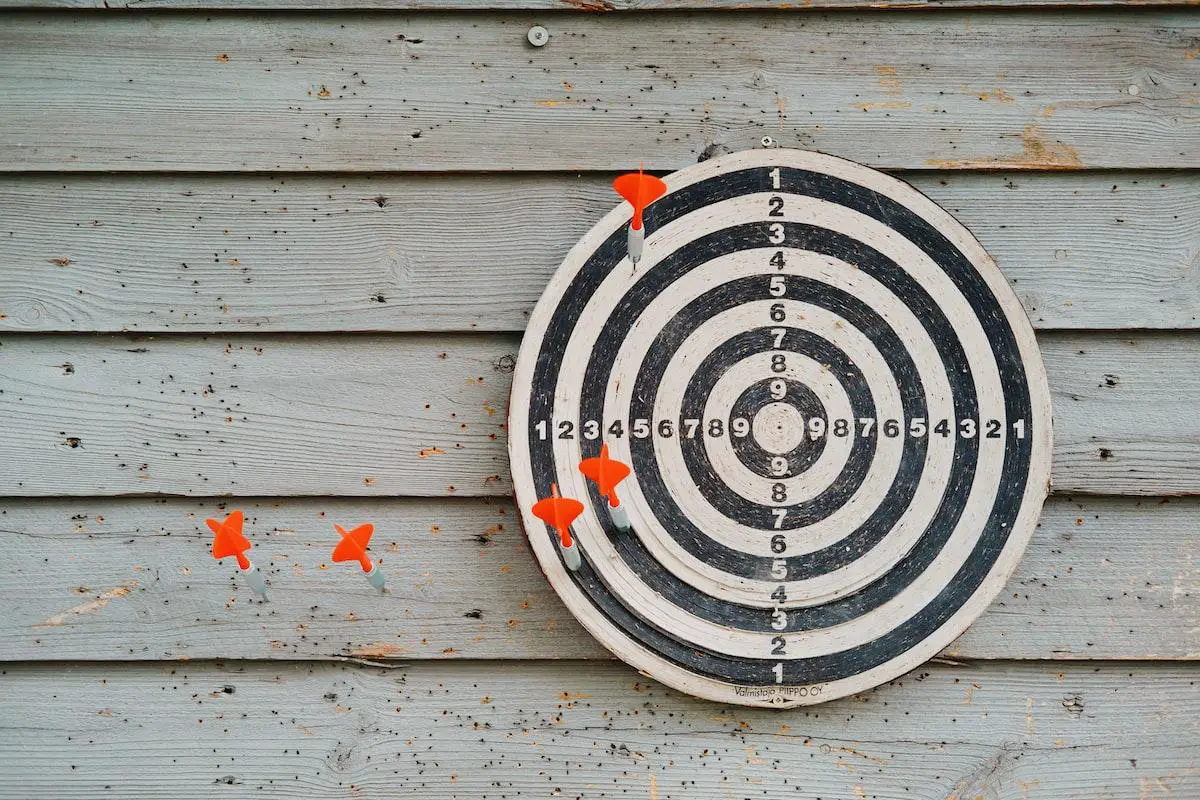Go, also known as Weiqi, is a board game that originated in China over 2,500 years ago. It is one of the oldest board games still played today and is popular worldwide. Go is played on a 19×19 grid board, with black and white stones. The objective of the game is to control more territory than the opponent by placing stones strategically on the board. Go is a game of strategy and tactical thinking, often compared to chess, but with a complexity and depth of play that goes beyond rote memorization of moves. In this article, we will cover the rules, strategies, and tactics of Go, from basic concepts to advanced techniques. Whether you are a beginner or an experienced player looking to improve your skills, this guide will provide you with a comprehensive understanding of the game of Go.
Master the Game of Go: Rules & Strategies

Go requires a board, stones, and bowls for storing the stones. The board is usually made of wood, with 19×19 grid lines and intersecting points. The lines and points help players to visualize the stone placement and calculate their moves. The black and white stones are made of slate and shell, respectively, and have a convex and concave shape. The bowls are used to hold the stones, with the black stones in one bowl and the white stones in another. Before the game begins, the board is arranged, and the stones are placed on specific points according to the rules of the game. In the following paragraphs, we will explain the basic rules of Go and the stone placement order and direction.
Objective of Go: Control Territory & Capture Stones

The objective of Go is to control more territory on the board than the opponent. Players take turns placing stones on the intersections of the lines, with Black making the first move. The stones must be placed orthogonally and cannot be placed on points that are already occupied by the opponent’s stones. A line of connected stones of the same color is called a group. Groups share the same liberties, which are the unoccupied points adjacent to the group. The liberty of a group is reduced if the opponent places a stone on one of its liberties. If a group has no liberties left, it is captured and removed from the board. Capturing the opponent’s stones is one way to gain territory and control the board. However, sacrificing stones to gain strategic advantages is also an important aspect of the game. Understanding the concept of liberty and the different methods of capturing stones is essential to playing Go.
Basic Rules & Strategy of Go: Learn to Play
In addition to capturing stones and controlling territory, Go players must also consider the overall strategic plan of the game. There are several basic principles of strategy, including capturing, defending, and controlling territory. Influence is another important concept in Go, referring to how stones interact with each other on the board. Players can use their stones to create a strong influence over a particular area of the board, making it difficult for the opponent to invade or capture territory in that area. Other strategic considerations include life and death, which refers to the ability to save or capture groups of stones, and reading, which involves visualizing possible future moves and their outcomes. By mastering these basic principles of strategy and tactics, Go players can develop a strong foundation for more advanced techniques and styles of play.
Variations & Styles of Play in Go
There are many variations and styles of play in the game of Go. One of the most notable differences is in the size of the board and stones. While the standard board size is 19×19, there are also smaller sizes, such as 13×13 and 9×9, which are popular for beginners and quicker games. Handicap games are another variation, where a weaker player is given an advantage in stones in order to level the playing field. In professional games, the handicap is often determined based on the difference in skill level between players. Fuseki and Joseki are also popular styles of play. Fuseki refers to the opening game strategy, while Joseki refers to the corner patterns and responses. By studying and understanding these variations and styles of play, players can expand their knowledge and creativity on the board.
Advanced Techniques & Concepts in Go
Advanced techniques and concepts are an essential part of mastering the game of Go. Sente and Gote are two critical terms that relate to timing and initiative. Sente is the ability to gain initiative and force the opponent to play defensively, while Gote is the opposite, where the player must respond to the opponent’s moves. Understanding when to take Sente and when to avoid Gote is crucial for seizing control of the game. Another advanced technique is making good shape. This refers to the efficient use of stones in constructing walls or boundaries to secure territory while avoiding weaknesses that can be exploited by opponents. Sabaki is a more flexible style of play that emphasizes balance and adaptability. It involves making small sacrifices in exchange for greater mobility and flexibility. Finally, the endgame is the phase of the game where players calculate final points and secure victory. Advanced players have a deep understanding of the endgame and can precisely evaluate the value of each move. By mastering these advanced techniques and concepts, players can elevate their game to the highest level and compete with top players.
Conclusion: Benefits & Resources to Learn Go
In conclusion, mastering the game of Go requires an understanding of the basic rules, strategies, and tactics. From the importance of capturing stones and controlling territory to the nuances of influence and life and death, Go is a game of depth and complexity. By studying the variations and styles of play and mastering advanced techniques and concepts such as Sente and Gote, making good shape, Sabaki, and the endgame, players can elevate their game to the highest level. But perhaps more than anything, playing Go can help improve strategic thinking, decision-making, and creativity. With its ancient origins and worldwide popularity, Go is not just a game – it’s a way of life. So, whether you’re a beginner or an experienced player, we encourage you to discover the beauty and depth of the game of Go for yourself.
Go: Frequently Asked Questions
What is Go?
Go is an ancient board game that originated in China over 2,500 years ago. It is played on a grid board with black and white stones, with the objective of controlling more territory than the opponent.
What are the basic rules of Go?
The basic rules involve placing stones on the board, capturing the opponent’s stones by surrounding them, and controlling territory by surrounding empty spaces. Each stone has a liberty, which is an adjacent empty point on the board.
How do you win at Go?
You win by having more territory under your control than the opponent. Territory is formed by surrounding empty spaces on the board with your stones.
Are there any variations of Go?
Yes, there are variations in board size, stone size, handicap games, and styles of play.
What is the difficulty level of Go?
Go can be challenging to learn and play at first, but with practice and study, anyone can improve their skills and play at a higher level.
What are the benefits of playing Go?
Playing Go can improve strategic thinking, decision-making, creativity, and concentration. It can also provide a social and intellectual outlet for players.
Where can I learn more about Go?
There are many resources available for learning and playing Go, including online tutorials, mobile apps, books, and local Go clubs.